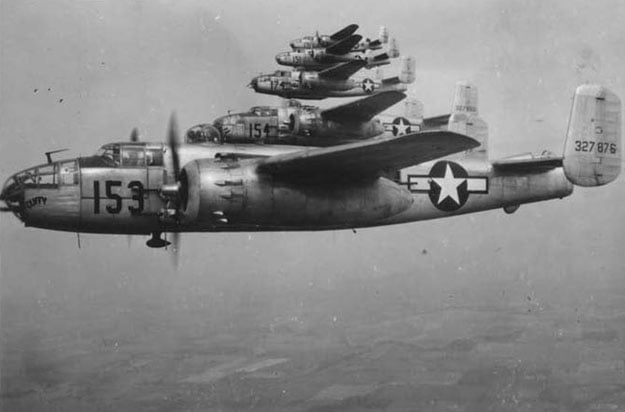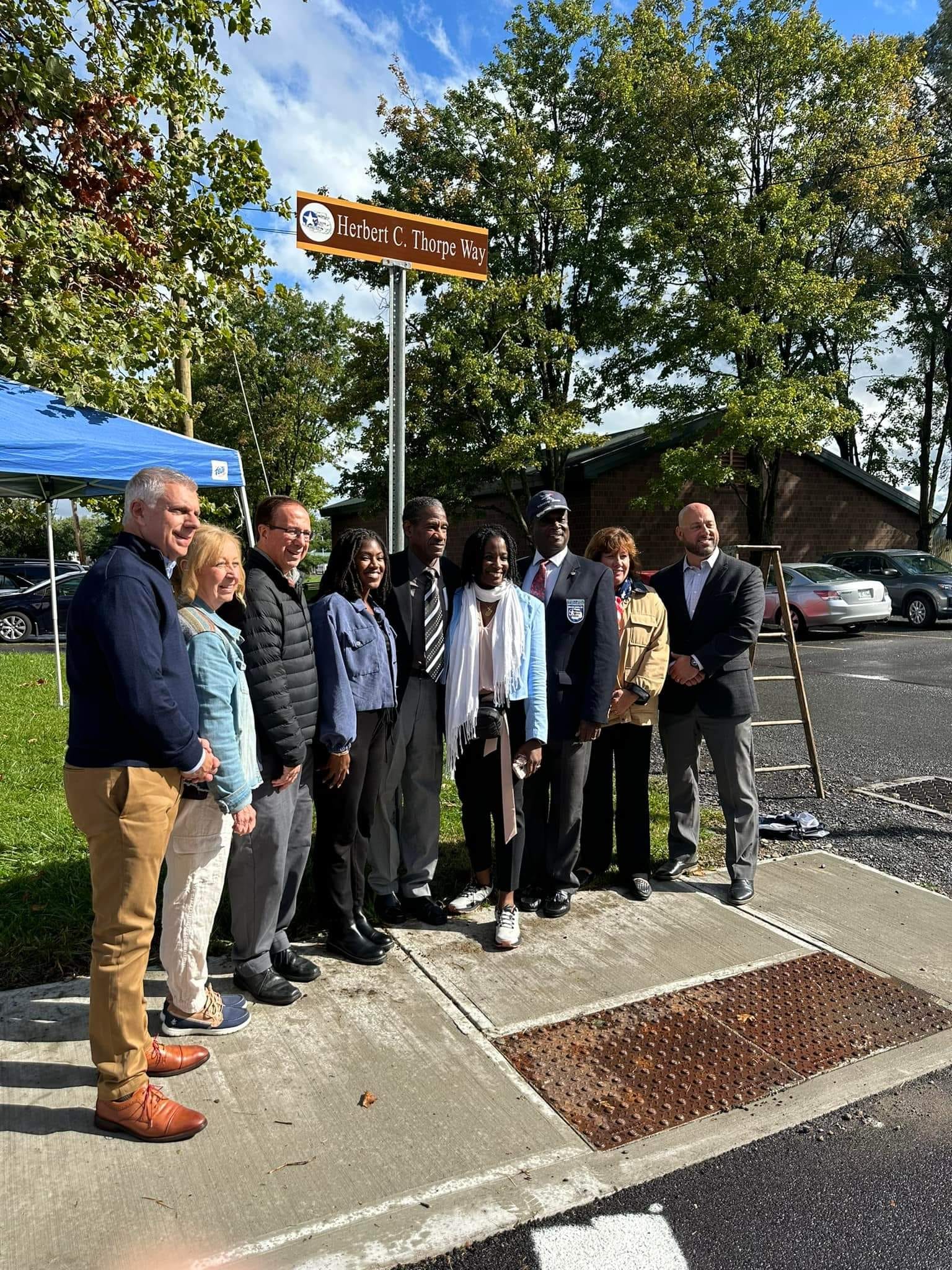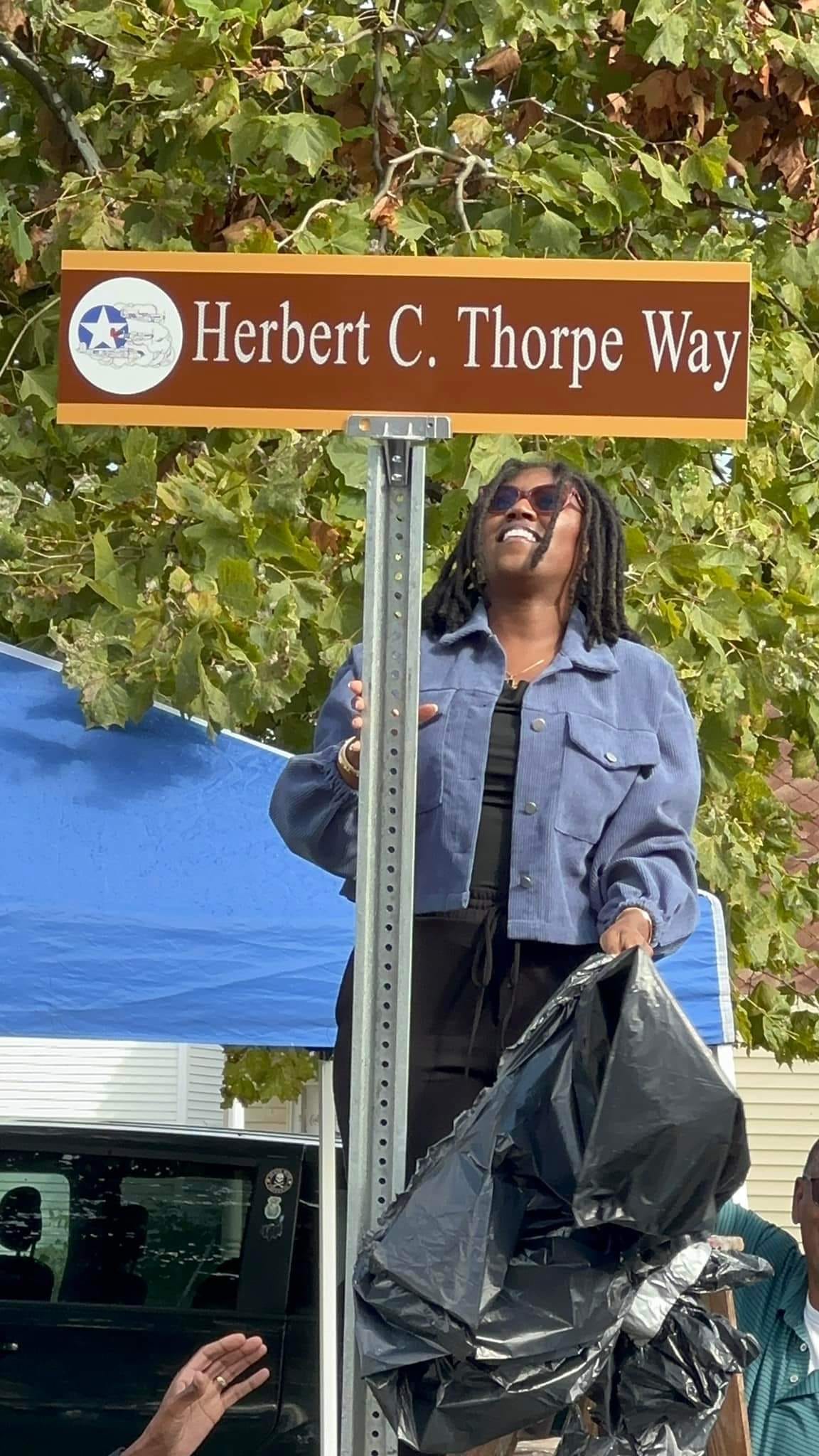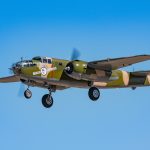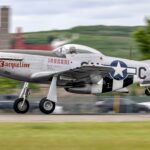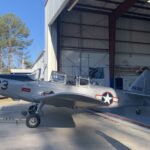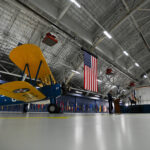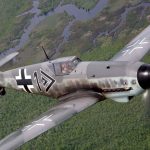Legacy, the collection of accomplishments we create through a lifetime. All the good deeds, jobs, hobbies, families, friendships, we are constantly adding to a ledger of greatness with each day we walk on this earth. When someone passes away, the type of legacy they’re leaving behind is most often what you’ll hear mentioned at their service. For Upstate New York Tuskegee Airman Herbert C. Thorpe, legacy is an understatement.
Herbert Clifton Thorpe was born in New York City, and grew up in Brooklyn. As a kid, he always had a fascination with “things that go.” Upon graduating high school in 1940, Herbert signed on with the U.S. Civilian Conservation Corps, better known as the CCC, to help rebuild a post-great depression United States infrastructure. He served with the CCC in both New York and Maryland until 1942. It was at that time when Herbert heard the call to serve his country. He would enlist with the U.S. Army Reserves, and subsequently go on to attend U.S. Signal Corps school in Troy, NY until Spring of 1943. Herbert soon became active duty, and attended basic military training at both Ft. Dix, New Jersey and Keams Field, Utah.
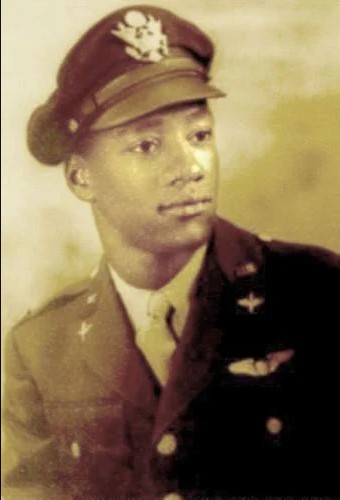
While stationed in Utah, Herbert’s fascination with aircraft continued to call him. He would apply, and be quickly accepted, to Aviation Cadet School. In 1944, Herbert transferred to Tuskegee Institute/Moton Airfield to begin Primary Flight Training. Shortly after, he would move on to Basic Training at Tuskegee Army Air Field. While at Basic, Herbert was selected for Multi-Engine Training, and would soon go on to learn the meaning of the “critical engine.” In mid-1944, he would transfer to Gunnery School at Tyndall Field, Florida, and then to Bombardier/Navigator School in Midland, Texas. On 12/30/44, Herbert would earn his commission as 2nd Lieutenant, Navigator/Bombardier. Immediately after earning his 2nd Lieutenant rank, Mr. Thorpe once again went to Tuskegee to begin Advanced Flight Training as a B-25 Pilot. At this point, late in 1945, the US Military was gearing up for a launch of Tuskegee Airmen into the Pacific Theatre. Of the approximately 1,000 Tuskegee Pilots trained up to that point, half were planned for assignment in the Asian Theatre. The plan was to deploy the Redtails, with their B-25s and “new” P-47Ns to the Pacific, where they would help deliver the final blow to Japanese forces.
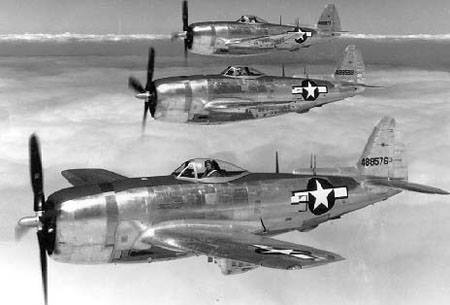
In October 1945, Herbert Thorpe would earn his wings as a Mitchell driver, and serve proudly in that role as an instructor pilot (as the war overseas had ended.) Herbert remained with his B-25 unit at Tuskegee until August of 1946, when he left the service. For many, this would be the pinnacle of their achievements in life. However, Herbert was only getting started with his aviation legacy. After Mr. Thorpe’s duty to his country had come to a close, he continued to pursue his interests in machines and engineering. He attended New York University on the GI Bill, and graduated as an Electrical Engineer in 1953. After a few years of building work experience, Herbert sought employment in the aviation industry. He began to work for the Air Development Center (USAF Research Labs) at Griffiss Air Force Base in Rome, New York in the Beacon Systems Division. It was here where Herbert continued to build on his legacy, serving as an integral part of the development of IFF (Identification Friend or Foe) technology. He helped refine this technology which now serves a crucial role in military, commercial, and general aviation, especially for traffic and collision avoidance.
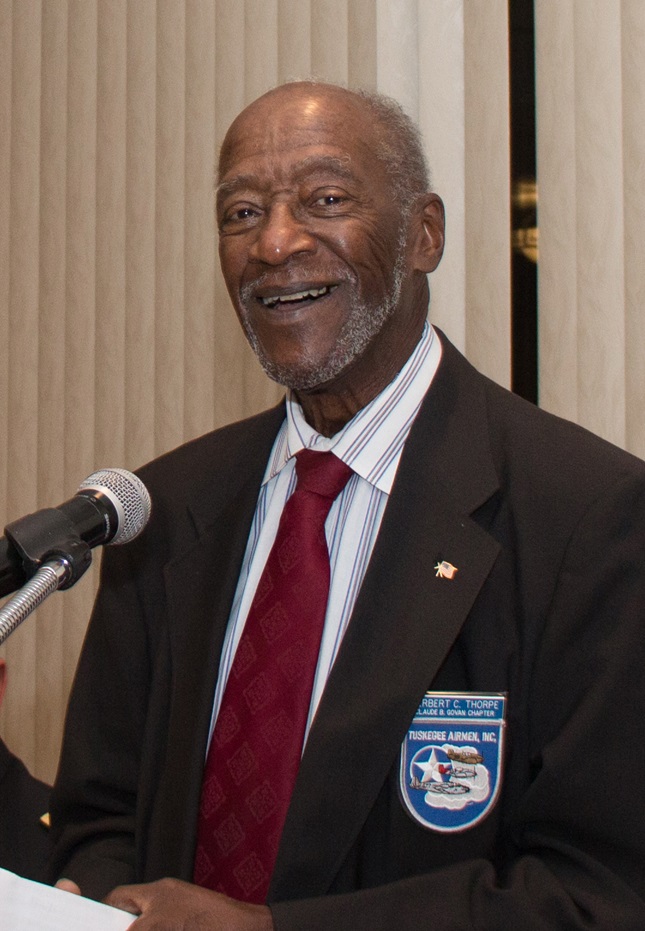
Herbert Thorpe would continue to work at Griffiss until 1983, when he partially retired. He continued to work part-time as a counselor for the nearby Mohawk Valley Community College. In 2016, he attended a ceremony at the National Warplane Museum, in Geneseo, New York to receive the Congressional Gold Medal (along with five other Airmen and their families.) In 2023, Herbert was invited back to the USAF Labs for a ceremony to name one of the development buildings in his honor. He became a member of countless community and African American organizations, doing good for the people around him. Mr. Thorpe passed away in January 2024, at the age of 101. He was a trailblazer, a true representative of the Redtails’ credo of never giving up, and always helping those around you. On September 7th, 2024 the Rome, NY Chapter of the NAACP, along with the City of Rome and Rome Historical Society, dedicated a street “Herbert C. Thorpe Way.” An eternal tribute in the community that Mr. Thorpe served in and loved so much. His name forever stands as a pillar of service, courage, ingenuity, and friendliness. His legacy, just as that of his fellow Tuskegee Airmen, will fly forever.
(Special Thank You to Michael Joseph of Tuskegee Airmen Inc.)







